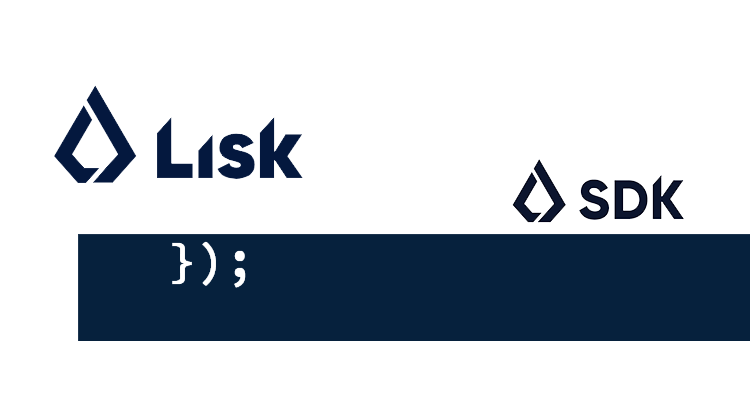Alpha SDK Phase: Begin to build blockchain apps on the Lisk Protocol

Lisk, the blockchain application platform, today released Lisk SDK 2.1.0. This signals the beginning of the Alpha SDK Phase on the Lisk roadmap. This phase will allow developers to create their own proof-of-concept blockchain applications based on the Lisk Protocol. Developers will also be included in the SDK’s design by being able to provide feedback on how their experience can be improved.
Lisk SDK
The goal of the Lisk SDK (Software Development Kit) is to provide developers with a set of tools and libraries to make the process of creation and customization of blockchain apps quick and easy.
Lisk SDK 2.1.0 will contain the same set of features available on the Lisk Network, for example, Delegated Proof of Stake consensus, P2P communication based on WebSocket protocol, native support for multisignature transactions, and much more.
The most compelling part is the possibility to customize this new blockchain to fit a specific use-case. This can be done by modifying protocol parameters and adding custom business logic on top of it.
The SDK provides developers a way to define their own custom transaction types in which they can implement the required business logic for their blockchain use-case. The custom transaction types are an extension to the default set of transactions that is already part of the Lisk Protocol. This includes:
- Balance transfer
- Second passphrase registration
- Delegate registration
- Delegate vote
- Multisignature account registration
Customize blockchain parameters for use-cases:
Developers are also able to configure protocol-level parameters for a newly created blockchain. For the initial release of the Alpha SDK, Lisk is supporting four of them (will allow more in the future):
- Block time — The time in seconds between each new block that is created.
- Epoch time — The time in seconds that have elapsed since the genesis block was created, offset from Unix Epoch Time (00:00:00 Thursday, 1 January 1970).
- Block rewards — The number of new tokens issued with every forged block. Developers can define milestones — specific block heights that when reached will enforce a change to the number of tokens issued.
- Block size — The maximum number of transactions that can be included in a block.
“We have released the Lisk SDK in its current form in order for us to improve the development experience through community feedback and contributions. We strongly discourage anyone from using the alpha release of the Lisk SDK for any production-based blockchain applications…”
– The Lisk Team
Roadmap: SDK
Additionally, the release of Lisk SDK 2.1.0 completes the Architecture and Design phase of the project’s Development Roadmap. Next, the Security and Reliability phase begins. This will constitute:
- Lisk SDK 2.2.0 – cleans up and refactors the existing codebase, so that further development can be done faster and with a greater level of confidence
- Lisk SDK 2.3.0 – partially introduces a robust peer selection and banning mechanism.
- Lisk SDK 3.0.0 – changes the consensus to BFT (Byzantine Fault Tolerance) which is more secure and guarantees blocks finality, mitigates transaction replay on different chains, removes redundant properties in transactions and finalizes the work on introducing a robust peer selection and banning mechanism.
OhNoCrypto
via https://www.ohnocrypto.com
CryptoNinjas, Khareem Sudlow
